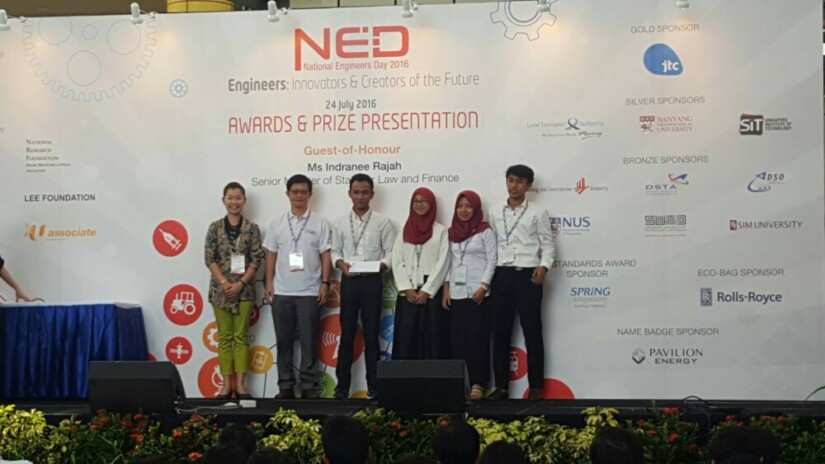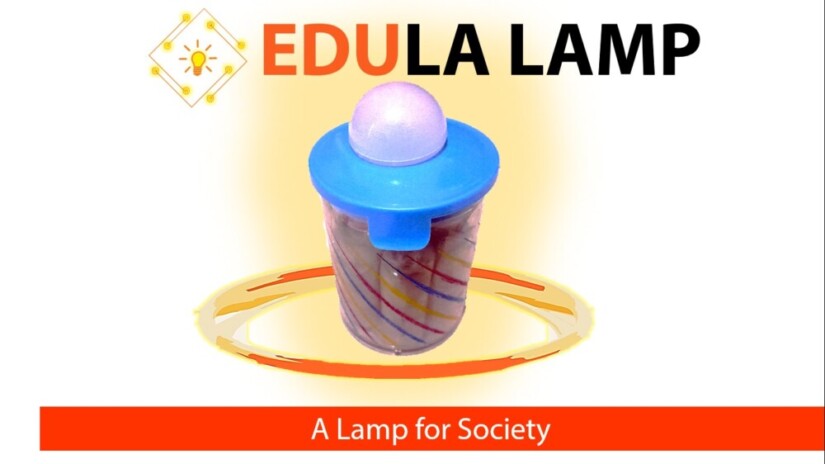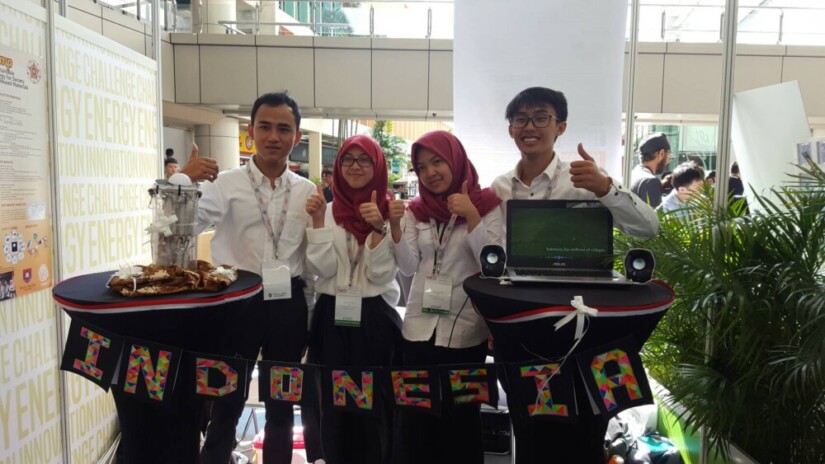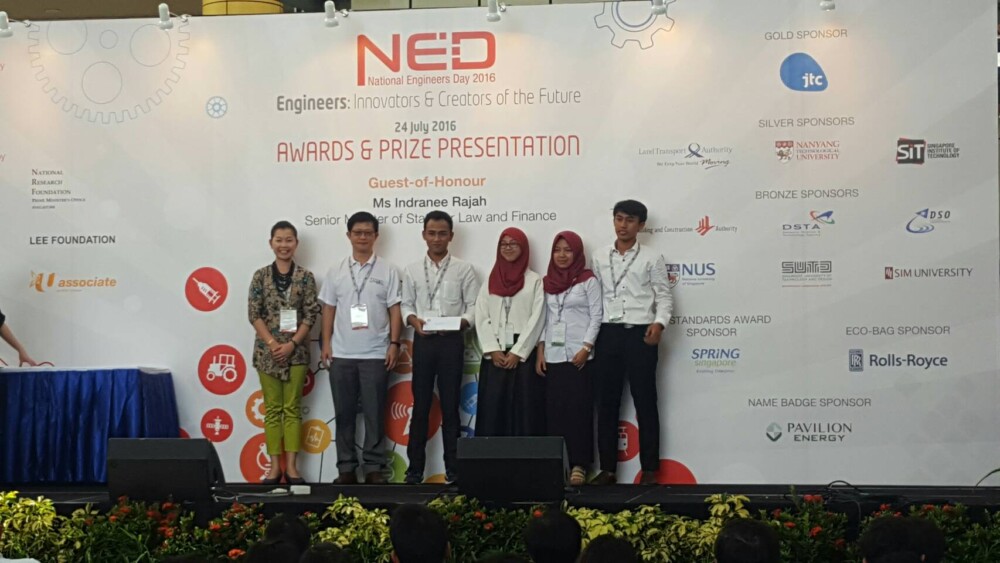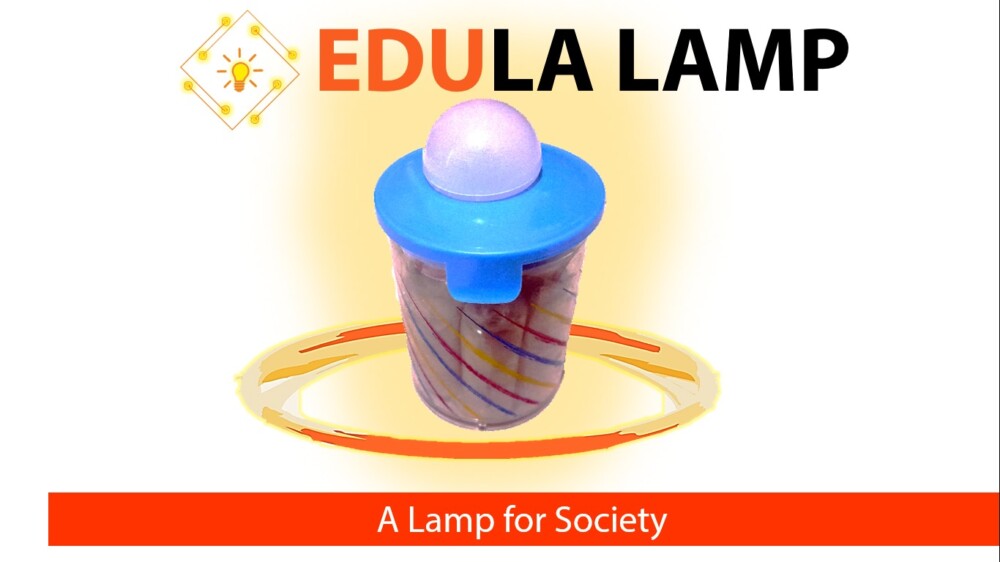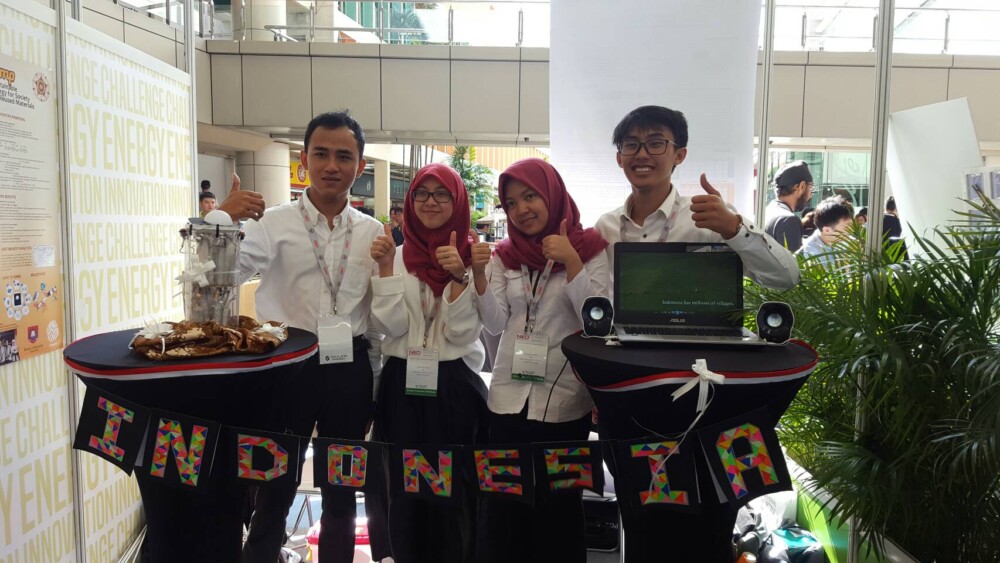Five students of Universitas Gadjah Mada (UGM) have developed an environmentally friendly lamp using energy resource from waste metal. These students are Faqih Nurfajrin, Ika Novita S., M. Shokhibul Izza (Chemical Engineering 2012), Yulisyah Putri Daulay (Industrial Engineering 2013) and Muhammad Nabil Satria Faradis (Mechanical Engineering 2012).
They developed the Established Self-Sustainable Alternative Source of Energy for Society From Salt Water and Using Reused Materials (EDULA) that brought them the Merit Award at the International Energy Innovation Challenge 2016 (EIC) organised by the Institution of Engineers Singapore (IES) and Science Centre Singapore (SCS) from 23 – 24 July 2016 in Singapore. The lamp beat hundred other works from various world universities.
EDULA team chairman, M. Shokhibul Izza, said the innovation started from their concerns over the high consumption of world energy demands while fossil fuel reserves are depleting.
“At least 20 percent of global electric consumption are used for lighting while the energy that it generates will produce as high as 1,900 Mt CO2 per year in greenhouse gas emmission. Hence, an environmentally friendly and efficient energy resource is needed,” Izza said on Monday (25/7).
Izza and his fellow students under the guidance of Dr. Himawan Tri Bayu Murti Petrus from Center of Advanced Materials and Mineral Processing of UGM eventually developed the environmentally friendly lamp. They use waste metal as energy resource.
“This lamp is made using energy resource from waste metal with sea water reactor that are abundant around us,” he said.
Nabil said that EDULA is made portable using the basic principle of redox reaction in Voltaic cell circuit as electrical energy resource. This reaction is based on the physical nature of metals where some are vulnerable to oxidation.
“The lamp will work when both metals are put into the saline sea water, the electrons will transmit,” he said.
Electron flows occur due to potential difference between anode and cathode. The potential difference will produce electricity and spark the lighting.
“Here we use Aluminium (Al) and copper (Cu) waste metal as they have the biggest potential difference among other metals and are cheap,” he said.
Nabil mentioned that the lamp can produce potential difference as high a 4 Volts consisting of 8 cells of waste metal. The power produced is 5 Watts. They roughly estimate that the lamp can last for 178,347 hours. “The voltage can be increased to unlimited by adding the circuits,” he said.


